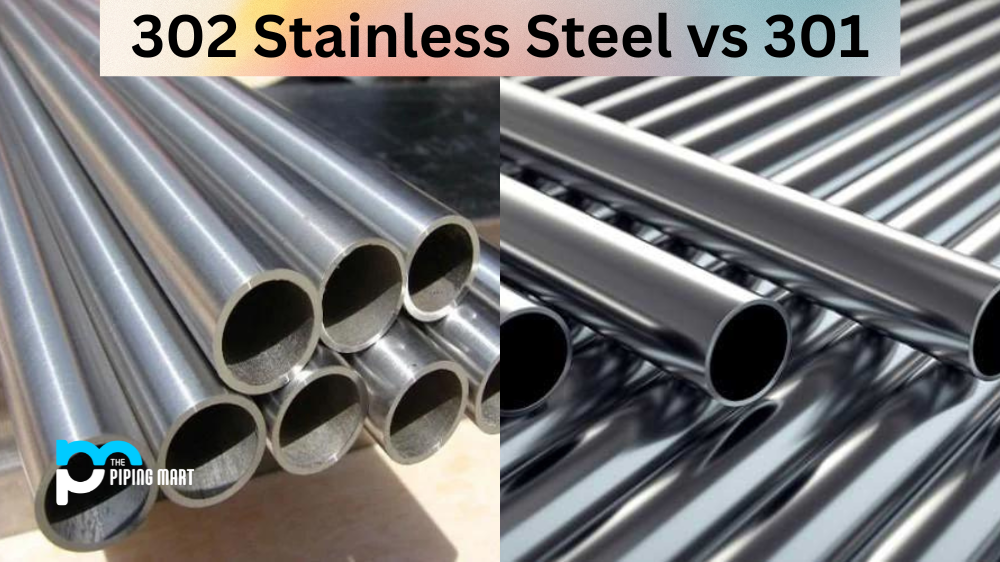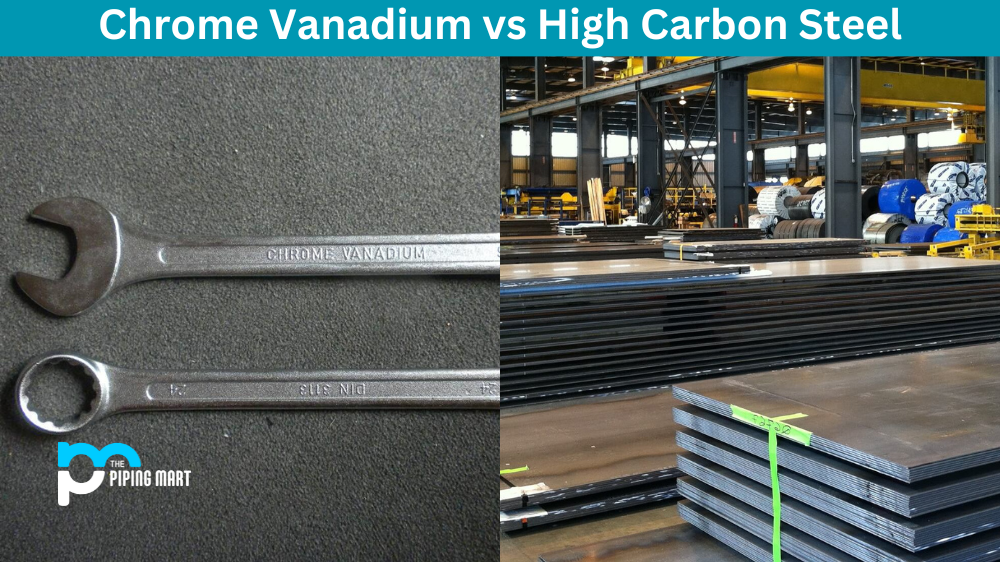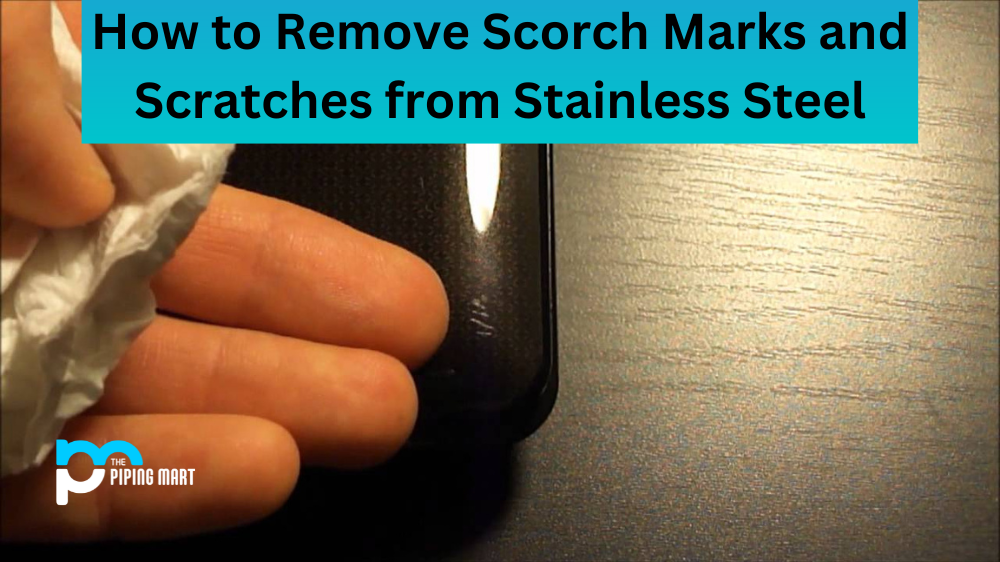If you want a piece of stainless steel made for your project, it is essential to know the various types of steel available and their qualities. Some of the most common categories of stainless steel include 302 and 301, which have varied applications. This article aims to enlighten you on the difference between 302 stainless steel versus 301 and how to identify which one best suits your needs.
What is 302 Stainless Steel?
302 Stainless Steel is a widely-used type of stainless steel grade with high corrosion resistance and great strength. It contains higher levels of chromium and nickel than other grades, making it suitable for extended use in harsh environments. In addition, its high tensile strength makes this type of stainless steel well-suited for applications that require frequent temperature changes or repeated flexing.
What is 301 Stainless Steel?
301 stainless steel is a commonly used austenitic chromium-nickel alloy. It features good corrosion resistance, high strength and ductility, and excellent formability. It is widely used for producing parts with low cost and long service life, making it an ideal choice for many applications ranging from automotive to kitchenware.
Difference Between 302 Stainless Steel and 301
Composition
Composition is the first difference between 302 and 301 stainless steel. While the constitution of 301 is mostly made up of high levels of nickel and chromium, 302 comprises a small percentage of carbon compared to 301. Regarding performance, 302 works best in applications that demand high tensile strength, while 301 is ideal for projects that require high flexibility and corrosion resistance.
Magnetic Properties
The magnetic properties of 302 and 301 are distinct, making them useful for different applications. 301 steel has a softer magnetic response, making it ideal for applications that require low magnetism or non-magnetic parts. In contrast, 302 steel has a more robust magnetic response, which renders it useful for applications that require high magnetic strength.
Work-hardening Properties
Another factor that sets 302 stainless steel apart from 301 is its work-hardening properties. 302 steel has superior work-hardening properties compared to 301. Work-hardening refers to the ability of steel to harden as it undergoes plastic deformation. Therefore, 302 stainless steel is best suited for products requiring multiple shaping and forming operations without deteriorating strength or flexibility.
Machinability
When looking to machine your product, it is crucial to note that 302 stainless steel is less machinable than 301. 302 steel is hardened by cold working, which means it is difficult to machine and may cause damage to the cutting tool. Therefore, if your product requires high machinability, it is best to use 301 stainless steel.
Conclusion
In conclusion, 302 and 301 stainless steel have unique properties that make them ideal for various industrial applications. Before settling for one, evaluate your desired project’s requirements and application to ensure you pick the right one. By doing so, you will guarantee the best performance and longevity of your product. Always consult with your stainless steel manufacturer before making final decisions to ensure you get the best outcome.

A passionate metal industry expert and blogger. With over 5 years of experience in the field, Palak brings a wealth of knowledge and insight to her writing. Whether discussing the latest trends in the metal industry or sharing tips, she is dedicated to helping others succeed in the metal industry.




